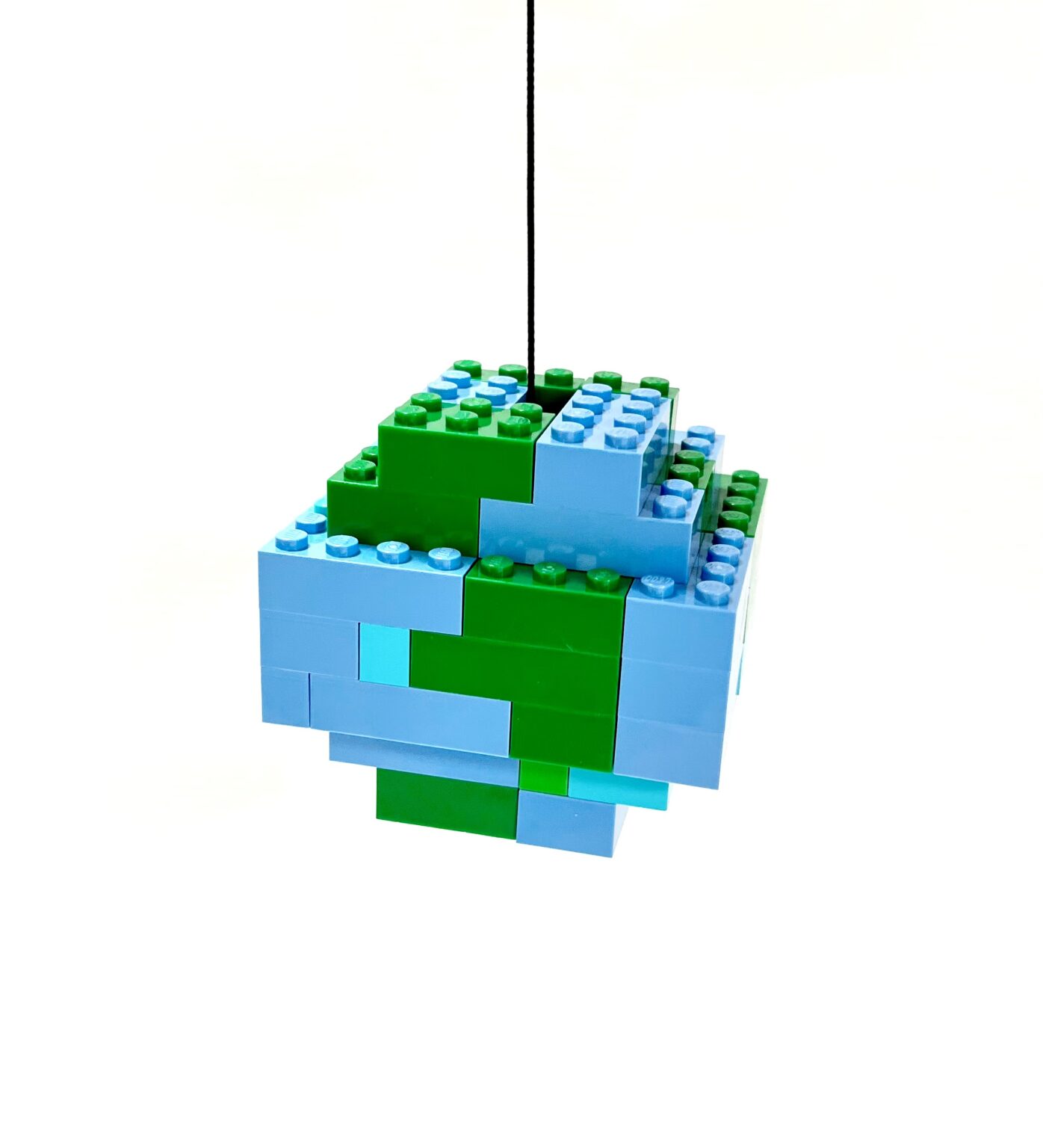Collaboration – Box figure with a strategy
We build one or more hidden figures together, which are hidden in a box using three simple rules. The purpose of the activity is to create room for negotiation in the collaboration via ongoing strategic timeouts.

Procedure
Framework
Suggestion for introduction
We create a motivating framework for the children.
For example, we can say: “We practice building together, and we try to use our preliminary experiences to reflect on the play together. Maybe we’ll learn something new about each other today, like how to make a joint plan that can help us build the hidden figure.
The activity is about copying a hidden figure that is hidden in a box a little away. We must build the hidden figure together using three rules:
- We take turns to go and look at the hidden figure and then put a brick on our common figure.
- We only speak when we sit down. When we stand up, we are still. When we think our shared figure is an exact copy of the hidden figure, we say ‘done’.
- Along the way, we make three time-outs, where we ask: Is there anything we could do in a different way?”
Time
The activity can be adapted to the framework of one lesson and varied according to the time available and the children’s prerequisites.
Materials
We use small Lego sets that we are familiar with, or wooden blocks, colored cubes, magnetic tiles, paper, or something else. We build 1-2 hidden figures beforehand with approx. 20 bricks. The building materials must contain the same bricks as the hidden figures and more.
During the activity
During the play session, the children encounter challenges and successes, where we can stop and help spot what is difficult or what is going well. We can do this in several ways:
Reflection routines
When we get the opportunity to reflect together with the children on what challenges or discoveries arise along the way, we can use one or more reflection routines. It could be, for example, a learning metaphor with a social strategy that we practice, an emoji that describes the feeling we have right now, or a rating of how well we think the building is going. In this way, a reflection routine can help to show and put into words the experiences that the children have during the play session.
Facilitating questions
We can ask facilitating questions to the children along the way, as they naturally arise in the building process. In this way, we facilitate the play session so that we continue the play and at the same time learn something from it. For example:
- I see that you have stopped building. I wonder how we can continue from here?
- I see that you have encountered a challenge. Should we try to solve it together?
- Try to notice what you are doing right now. Do you think this is a collaborative strategy?
Show and Tell
Finally, in the play session, we give a Show and Tell of our construction, so that we have the opportunity to share our experiences, reflections, and feelings about the construction process.
First, we talk about our model and the process of building it. During the Show and Tell, we can use reflection routines and reflective questions to support the discoveries that have been made. For example:
- What went well?
- What was difficult?
- Is there anything that you want to do differently the next time we build hidden figures?